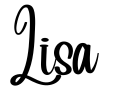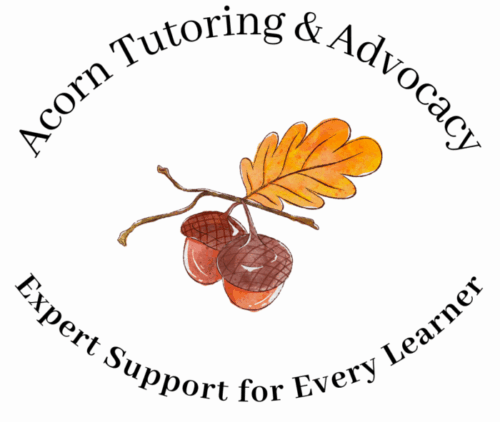Good readers are active readers. They use strategies to engage with the text before, during, and after reading to improve comprehension. There are many active reading strategies, but today, I’m going to focus on a few key ideas.
These active reading strategies are easy to remember because ACTIVE is the perfect acronym! It stands for:
- Activate prior knowledge
- Make Connections
- Track down information
- Construct Inferences
- Visualize
- Evaluate
Here are easy ways to use each strategy every time you read:
Activate Prior Knowledge -Before you start reading, look at the title of the text, read any descriptions, and think about what you know about the topic. If you’re reading a science packet about motion, you can ask your child what motion is and have them list things that move. They can think about how objects move or demonstrate different movements for you.
If you’re reading a history assignment with your child, talk to them about the time period. Have them share what they remember from class, and remind them of any relevant events they forget to mention.
If you’re reading books in a series, have your child summarize the events of the earlier books. When you’re reading a chapter book, ask your child to remind you about what’s happened so far.
The possibilities are endless, but the key thing to remember is to ask questions to get your child thinking about what they’re reading.
Make Connections -It’s easier to remember something we can relate to, so making connections to the text helps readers engage with and recall information more effectively.
There are 3 types of connections readers can make:
- Text to Self -how can you connect your own life, opinions, ideas, experiences, personality, family dynamics, home town, or anything else to what you’re reading?
- Text to Text -does this book remind you of something else you’ve read?
- Text to World -does this book remind you of historical events, current events, societal issues, celebrities, politicians, historical figures, other cultures, etc.?
Active readers make many of each type of connection as they read. If you’re reading with your child, encourage them to stop and think about these connections as they go.
Track Down Information -There are many ways to use this strategy. Before you begin to read a nonfiction text with your child, set a goal or purpose for reading. Ask your child to come up with a question they want to answer as they read.
This is especially easy for nonfiction texts because the headings can easily be turned into questions. For example, a section with the heading, “Distance vs. Displacement” becomes “What is the difference between distance and displacement?” As they read, they can answer the questions.
For both fiction and nonfiction texts, ask your child questions that require them to return to the text to track down information. Even if they can answer your question without looking back, ask them, “How do you know?” and have them support their response. This gets them in the habit of supporting their ideas with evidence, which will be essential for writing throughout their lives.
Construct Inferences -There are many different types of inferences, but when I teach this strategy, I prefer to focus on characters and cause and effect.
Readers can look at a character’s words, actions, thoughts, and feelings to draw conclusions about who they are and make predictions about what they will do when faced with the events in the story. Making these inferences are great for building social skills as well because they help readers learn how to better understand those around them and take on perspectives other than their own.
Looking at cause and effect helps readers to understand why something happened in the text. They can also track down information in the text to back up the reasons why events occurred they way they did or use what they’ve inferred about characters to anticipate their reactions.
Visualize -This is one of my favorite strategies. Active readers picture what they’re reading as if they were watching it occur right in front of them or watching a movie in their mind.
We imagine characters looking and sounding a certain way, and the result is a mix of the information the author provides and our own interpretation of the character.
When you read with your child, ask them questions about what they see as they read. Ask them about the details of the world they’re building. If you’re reading something that has a movie or TV show based on it, have your child compare their visualizations with the adaptation.
Visualizing involves more than just picturing events. Readers can use all five senses and consider what they feel, hear, taste, and smell during this “movie.” I’ll never forget reading Ruth Ware’s One by One in the dead of summer and huddling under multiple blankets because her descriptions of the frigid setting were so vivid.
Evaluate -Once you’re done reading, have your child pause to think about the text. What did they learn? What did they like or dislike? What helped them understand new concepts? What was confusing or could’ve been explained more clearly?
Be sure to engage with the text as well. Have your child summarize what they read, identify a main idea or key points, explain whether they agree or disagree with the author’s perspective or character’s actions, or make predictions about what could happen next.
I hope these strategies are helpful for your child, and for your reading as well! Which one do you think is the most helpful? Let me know!
Happy reading!

